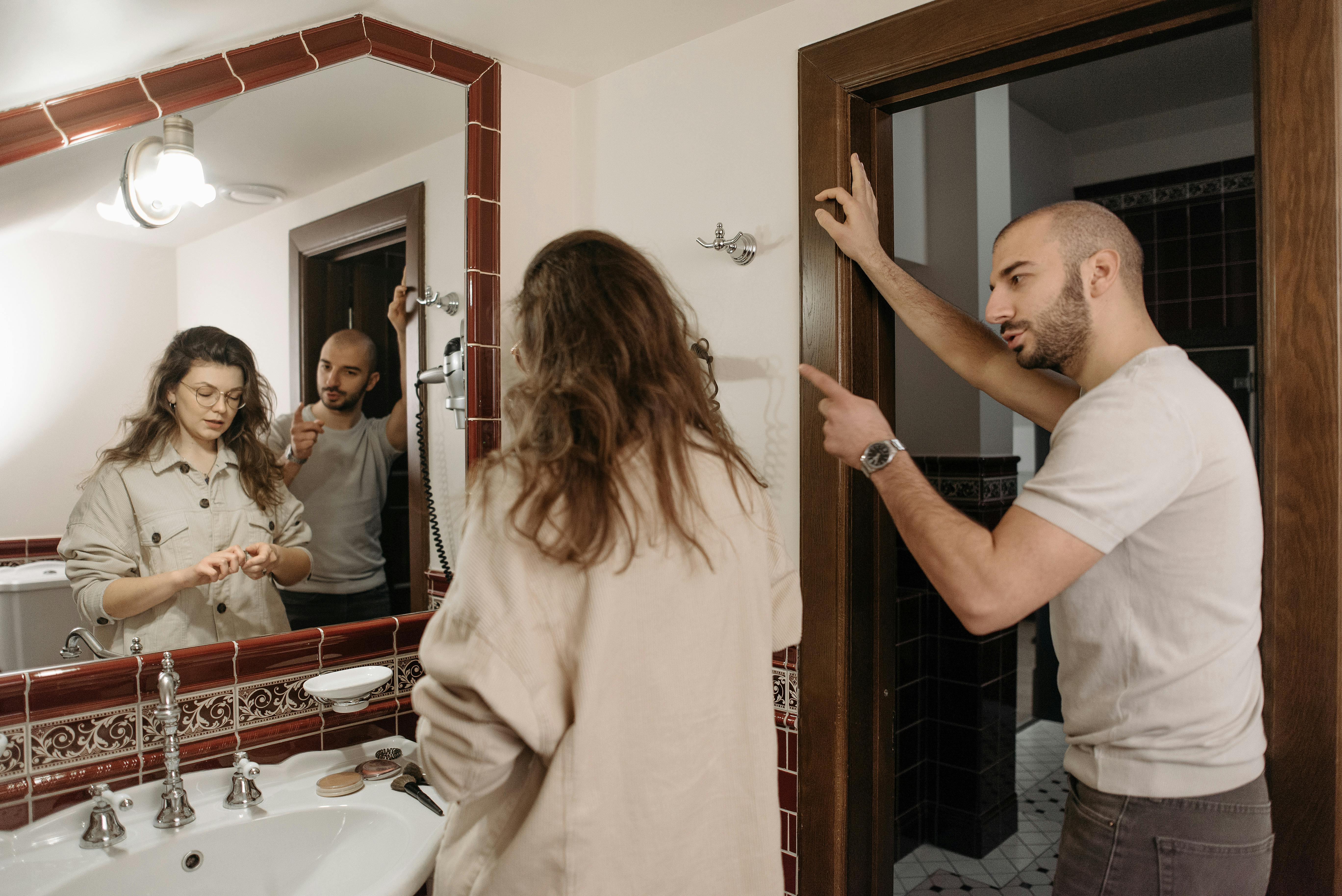Thanks for coming back to read more about expert tips for making banners. For over 20 years, the Lord has taught me many things that I have applied to the art of making fabric banners. So far, I have shared my life experience in 1989 of losing my husband and raising four young children who inspired me to start a small home-based business of making Christian banners for churches. Next, I wrote about how to choose a design; make functional patterns from it; and transfer the patterns to your fabric. We will now discuss how to choose the background fabric and make it the basic banner background. This article explains two ways to create the bottom: 1) unlined and 2) lined.
Either way, choose a fabric that will hold its shape. That means a heavy-bodied fabric that isn’t drapey or stretchy. Some examples are satin, canvas, linen, or upholstery bridal fabrics. These will hang flat and nice and hold the basics. Later, in future articles, we will talk about fabrics to fly banners that will require a different type of fabric.
You may need a carpenter’s “square” tool or any other right angle tool to ensure you have 90 degree angled corners and straight lines. If you have an Olfa quilting mat, it works great. I use two large mats side by side, a spinning wheel fabric cutter, and a metal rod to line up my fabric for straight edges and square corners. You don’t have to go to that expense; just improvise and measure, measure and measure again before cutting.
1) Make the bottom without lining. Before cutting, be sure to leave extra fabric on top to sew into a finished slipcover large enough to accommodate whatever size dowel you intend to slide into the top. The dowel can be a wooden cabinet dowel or PVC pipe or metal rod. Also allow 3/8 inch to ½ inch for the side hems and extra at the bottom if you want a smaller shell. I like to add a small dowel to slide into a bottom casing to help the finished banner hang nice and straight. Use a small liquid line of Fray Check only on the very cut edges of the sides of the cut banner fabric. Fray Check is great for preventing fabric from fraying, especially for satins. Allow Fray Check to dry completely (approximately 15 minutes). Now iron a hem on the back of the fabric. Place a small beading line of fabric glue (ie Aleen’s glue) where the folded hem is. Then iron the hem. This is how you will get a nice straight edge without showing the stitches or wrinkling the stitch material.
Now you can iron with the right size top cover; first 3/8 below and then the amount needed to accommodate the rod. Sew the carcass. Do the same for the bottom edge if your banner is large and needs a smaller pin at the bottom to make it hang straight. If it’s a smaller sized banner, you probably don’t need a bottom pin. In that case, you can iron a hem with glue or Fray Check on the bottom edge and glue on fringes or embellishments. Be creative. You can sculpt the bottom to be rounded, pointed, notched, or other. Just make sure the finished product always has a clean, finished edge.
2) The second alternative is to align your banner. One way is to fold the fabric itself, using the top for the fold. Or you can use a different sturdy fabric suitable as a lining. If you choose to line the banner, leave enough room for the side seams and the top and bottom seams. Of course, if you fold the fabric with the top as the fold, there will be no seam on the top. With both right sides together and wrong sides of the fabric facing out, sew all seams. Be sure to leave about 4 inches open at the top of each side seam so you can slide the top rod through. Trim the bottom corners carefully before inverting the banner so the corners stick out for a neater finished corner. You are ready to thread the banner through one of the top side openings to invert it so that the right sides are facing out. I call this “giving birth to the flag“Then iron the seams on medium-high heat with a damp fine cloth on top for a nice crisp edge.
Note: If I am applying a quilted design to the front of my banner, I do so before sewing the back lining to it. We will discuss 3D quilting designs in future articles on more Advanced tips.
Now that your banner background is complete, you’re ready to apply the cutout pattern designs and lettering to the front side of your finished banner background. my next article will be tips on how to apply your designs.
